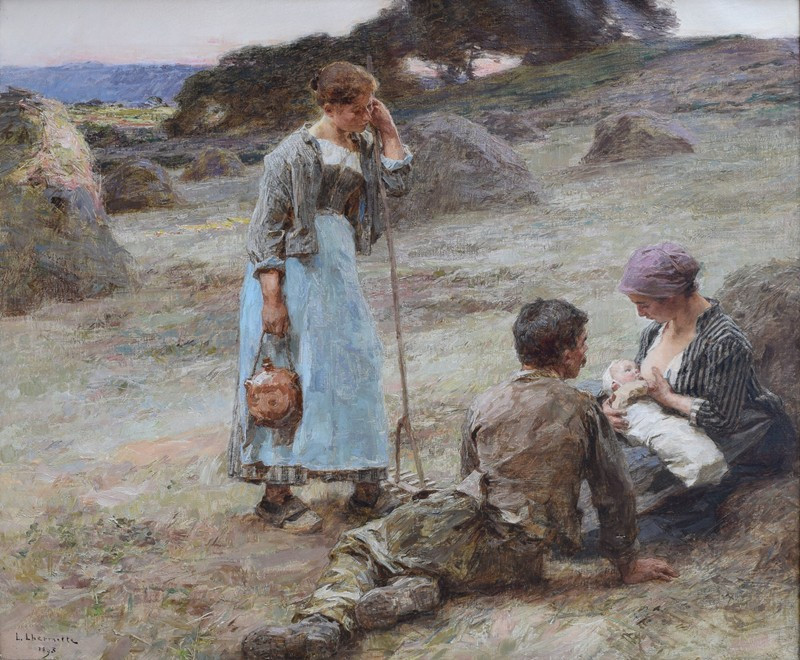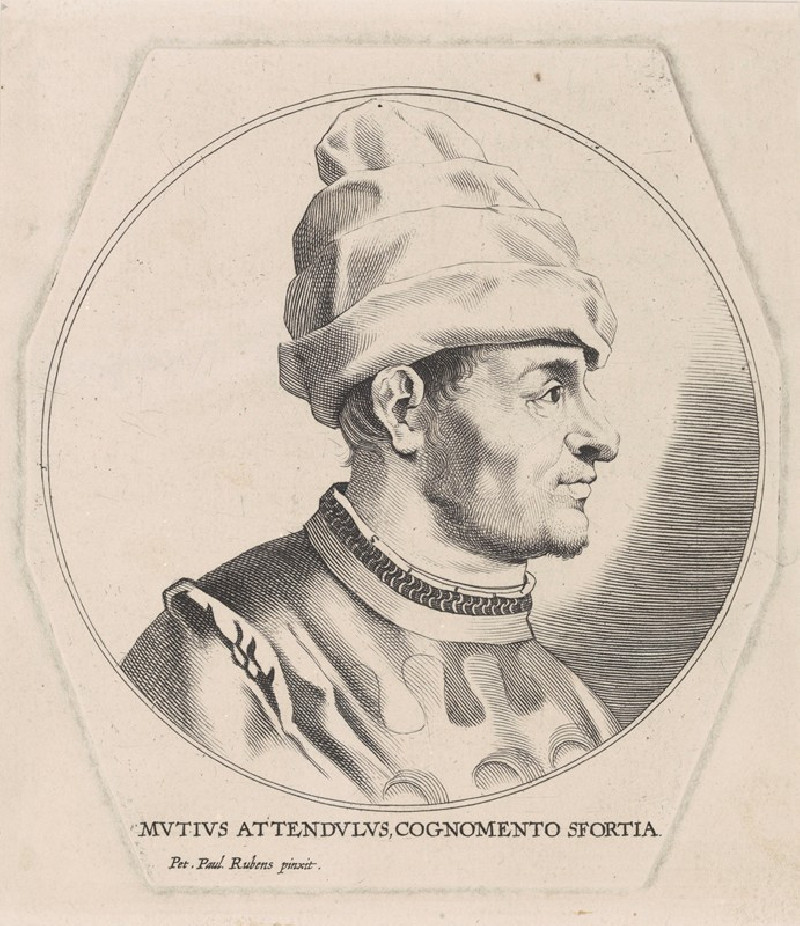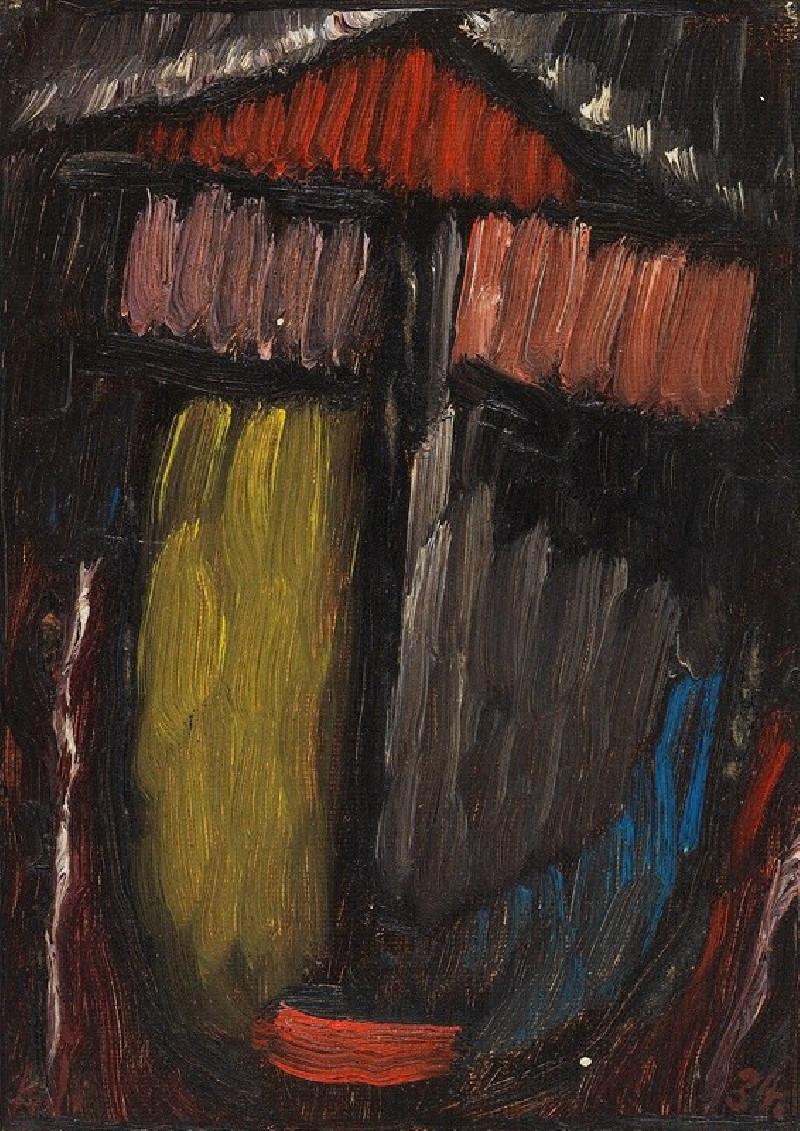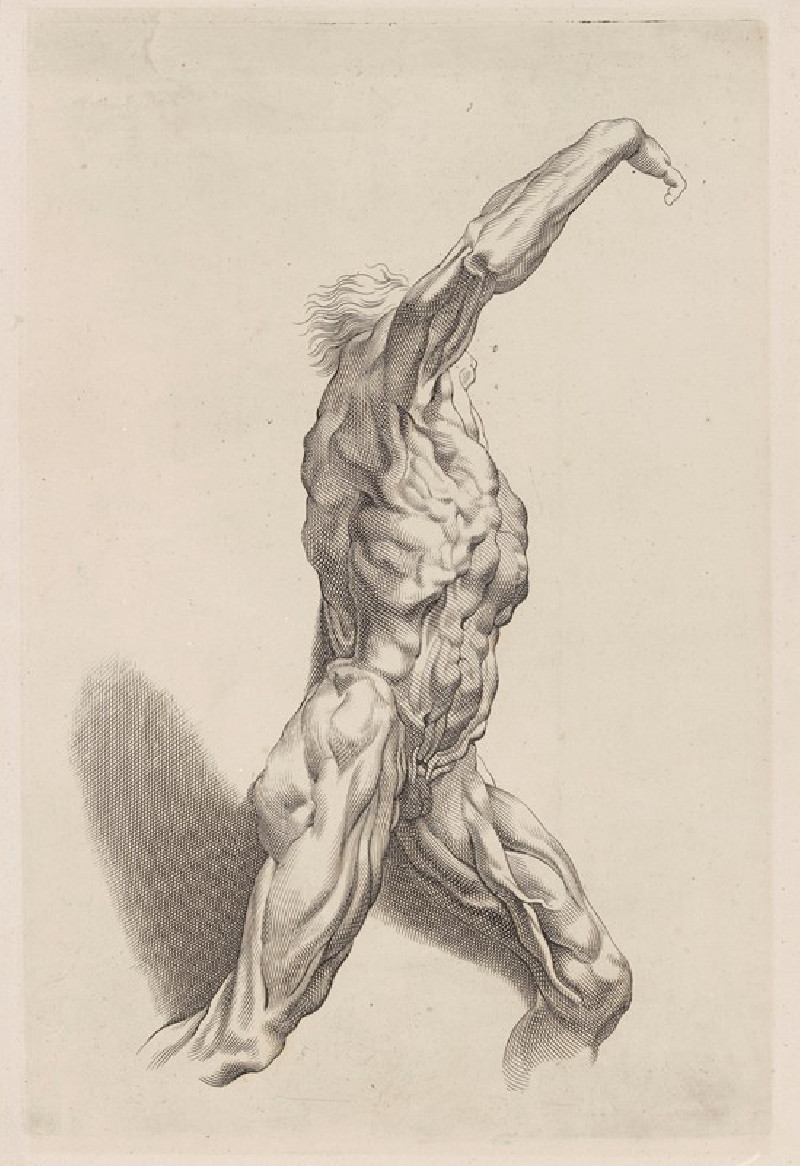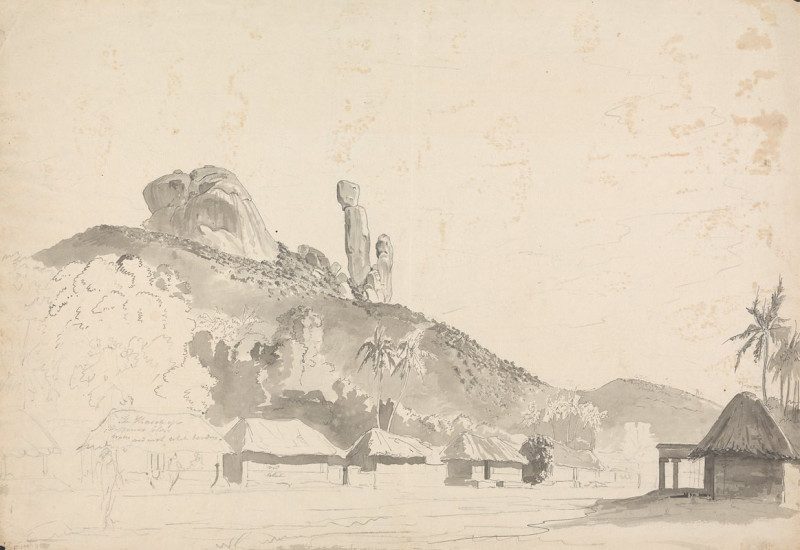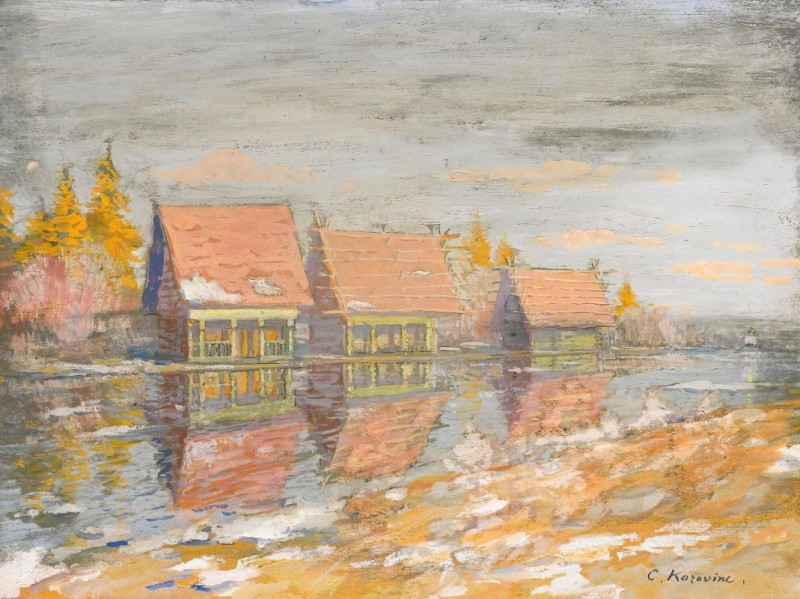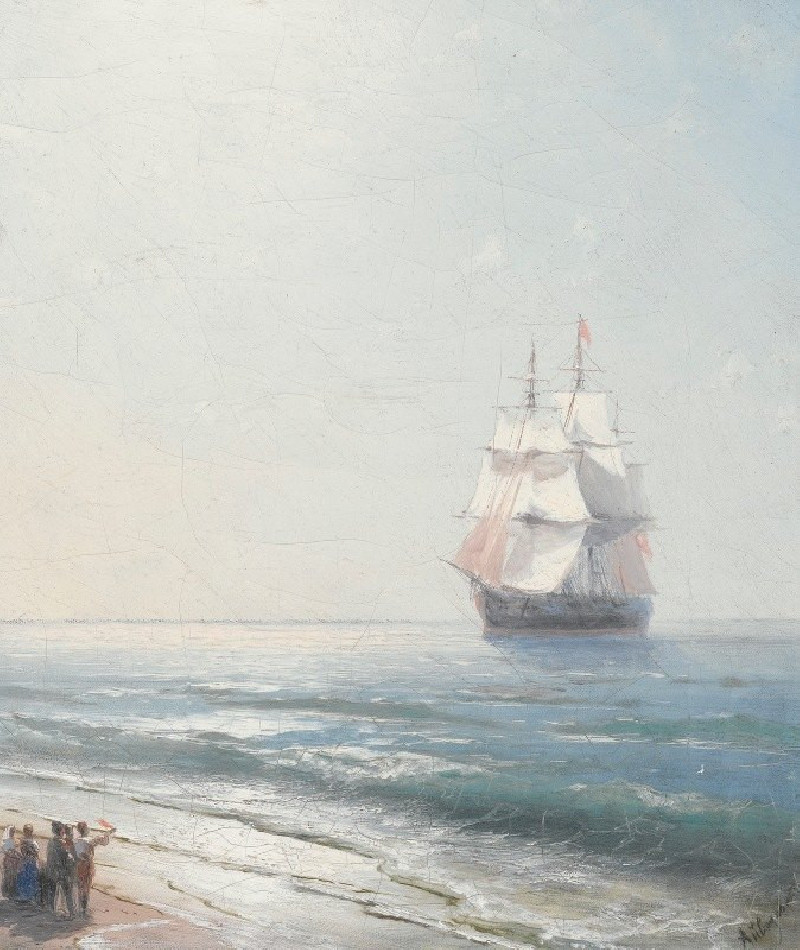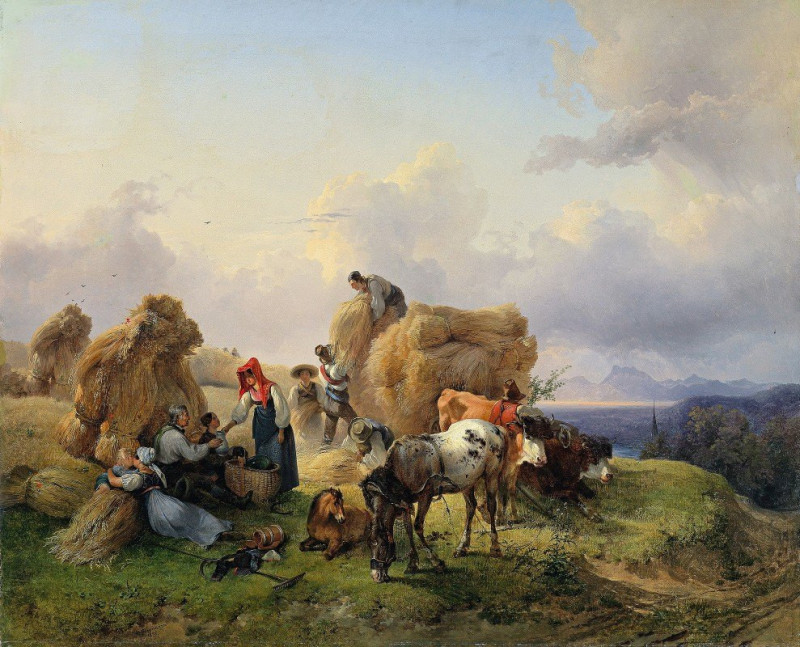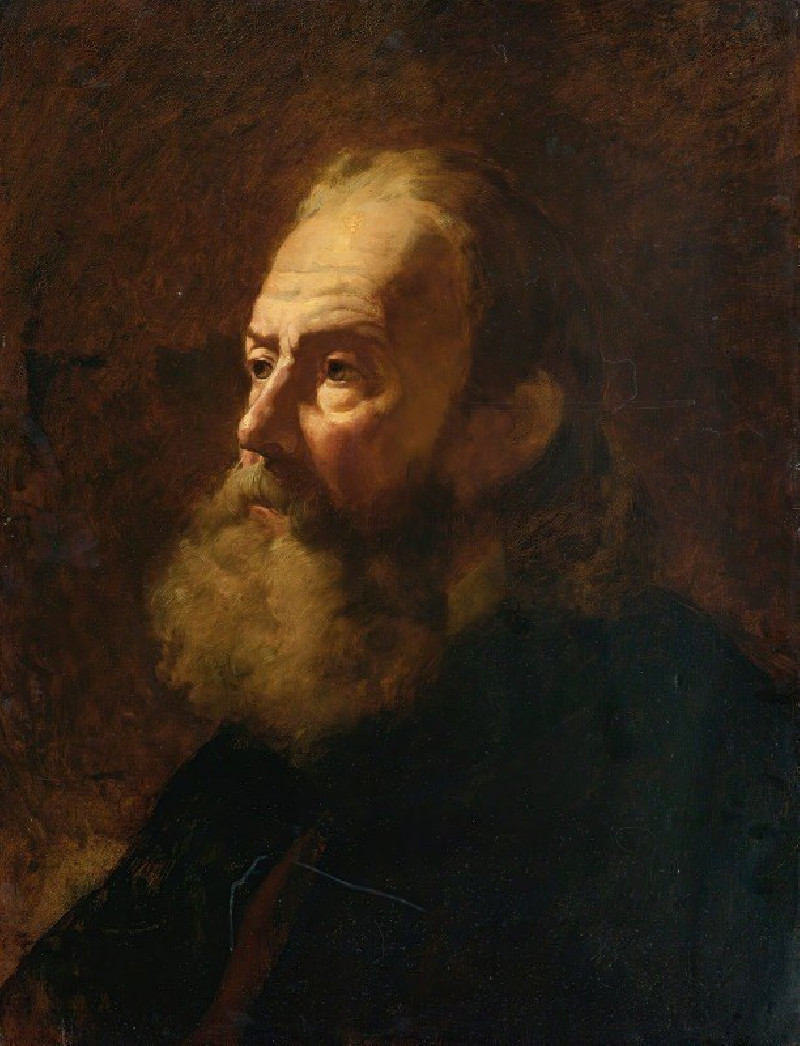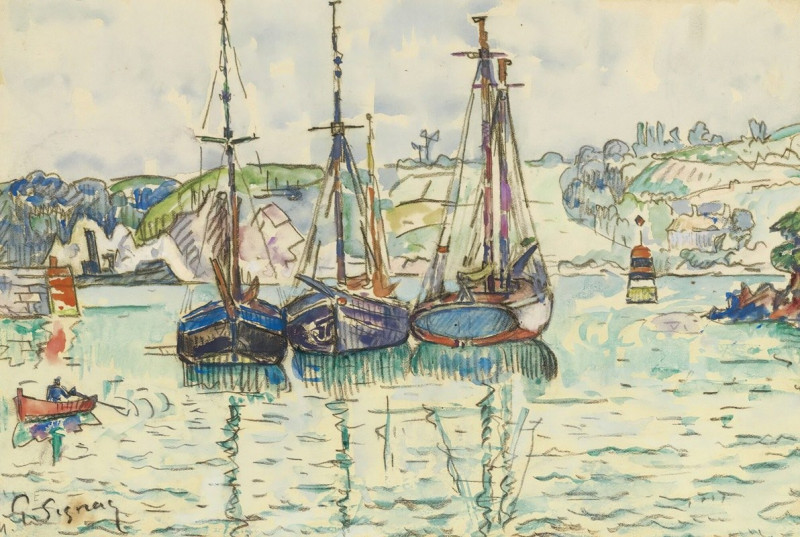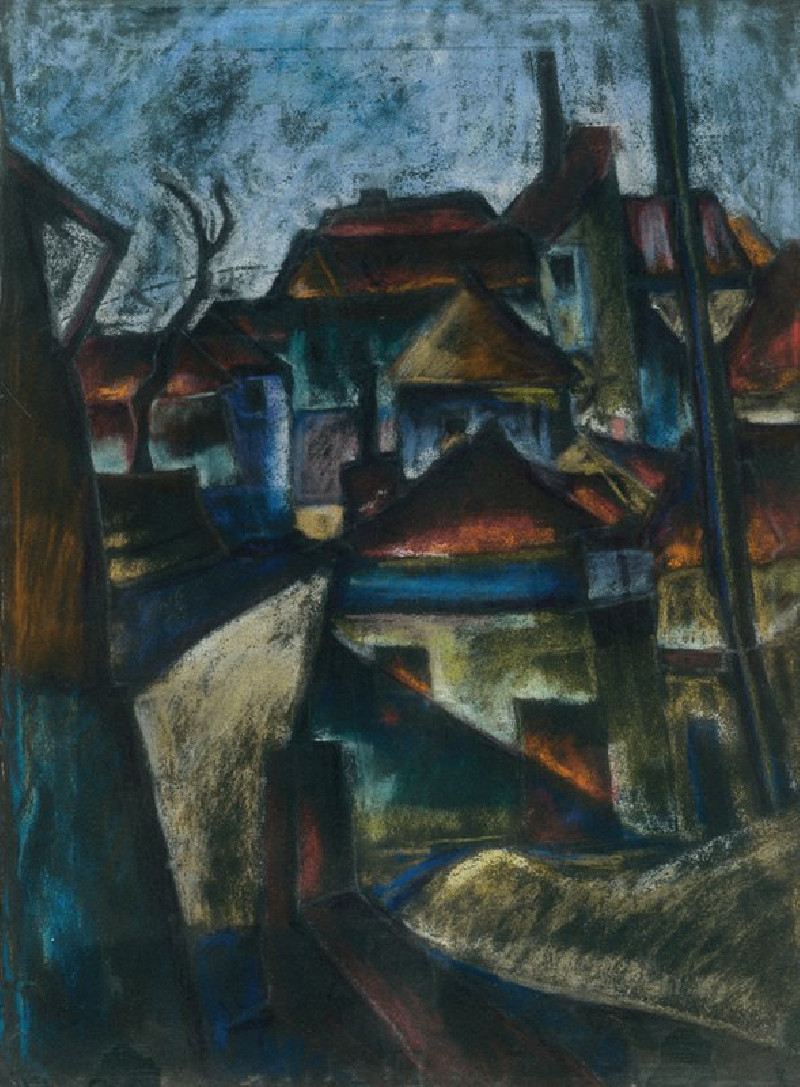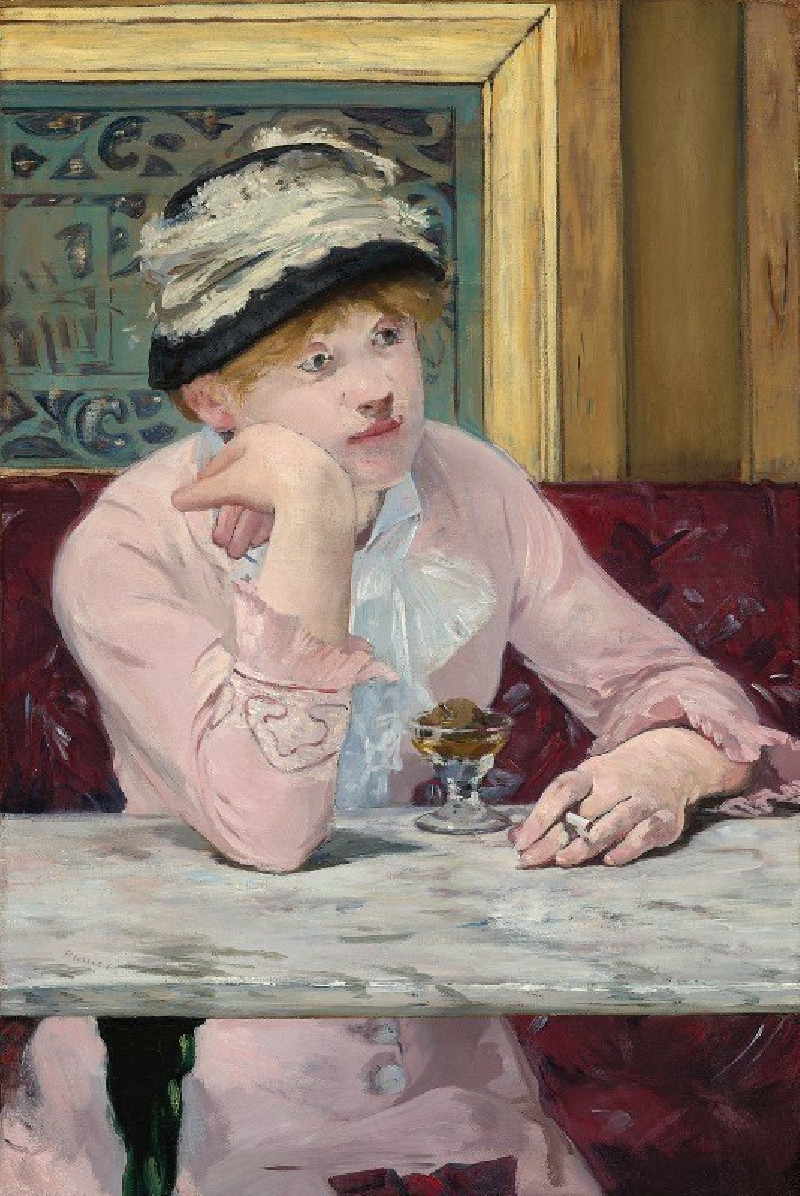Selbstporträt mit Gerda (Mann und Sitzende im Atelier) (1915)
Technique: Giclée quality print
Recommended by our customers
More about this artwork
Ernst Ludwig Kirchner's 1915 masterpiece titled "Selbstporträt mit Gerda (Mann und Sitzende im Atelier)" vividly encapsulates the emotional intensity and stylistic innovation that defines his work. This intimate portrayal captures a scene within the artist's studio, featuring Kirchner and his companion, Gerda.In the painting, the artist portrays himself with angular, elongated features, dressed in a patterned robe that blends vibrant shades of blue and green, evoking a sense of artistic vibrancy and psychological depth. His figure is turned towards a female model, Gerda, who sits with her back to the viewer. This compositional choice highlights her graceful nude form and the softly contoured lines of her back, shoulders, and neck. The dynamic interaction between the figures suggests contemplation or an engaged artistic discussion, highlighting the connection between creator and muse.The background, splashed with vivid hues of orange and red, contrasts with the more subdued tones of the figures, setting a dramatic and somewhat unsettled emotional ambiance. It suggests the fervor and passion that Kirchner brought to his work, as well as the modernist experimentation that characterized much of his oeuvre.Overall, the painting is a exemplary reflection of Kirchner's distinctive expressionist style.
Delivery
Returns
Ernst Ludwig Kirchner (1880–1938) was one of the most important German Expressionist painters. He was a co-founder of Die Brücke, a group of German expressionist artists formed in Dresden in 1905. Die Brücke and Kirchner took inspiration from Vincent Van Gogh and Edvard Munch, as well as African and Oceanic art. They used woodblock printing as a medium to showcase their signature style: flat, unrealistic images with vivid colors. The recurring themes in Kirchner's artworks included exotic cultures, faraway landscapes, self-portraits, dancers and Berlin street life. His paintings and prints effectively portrayed non-European cultures despite the fact that he never traveled outside of Europe.
































